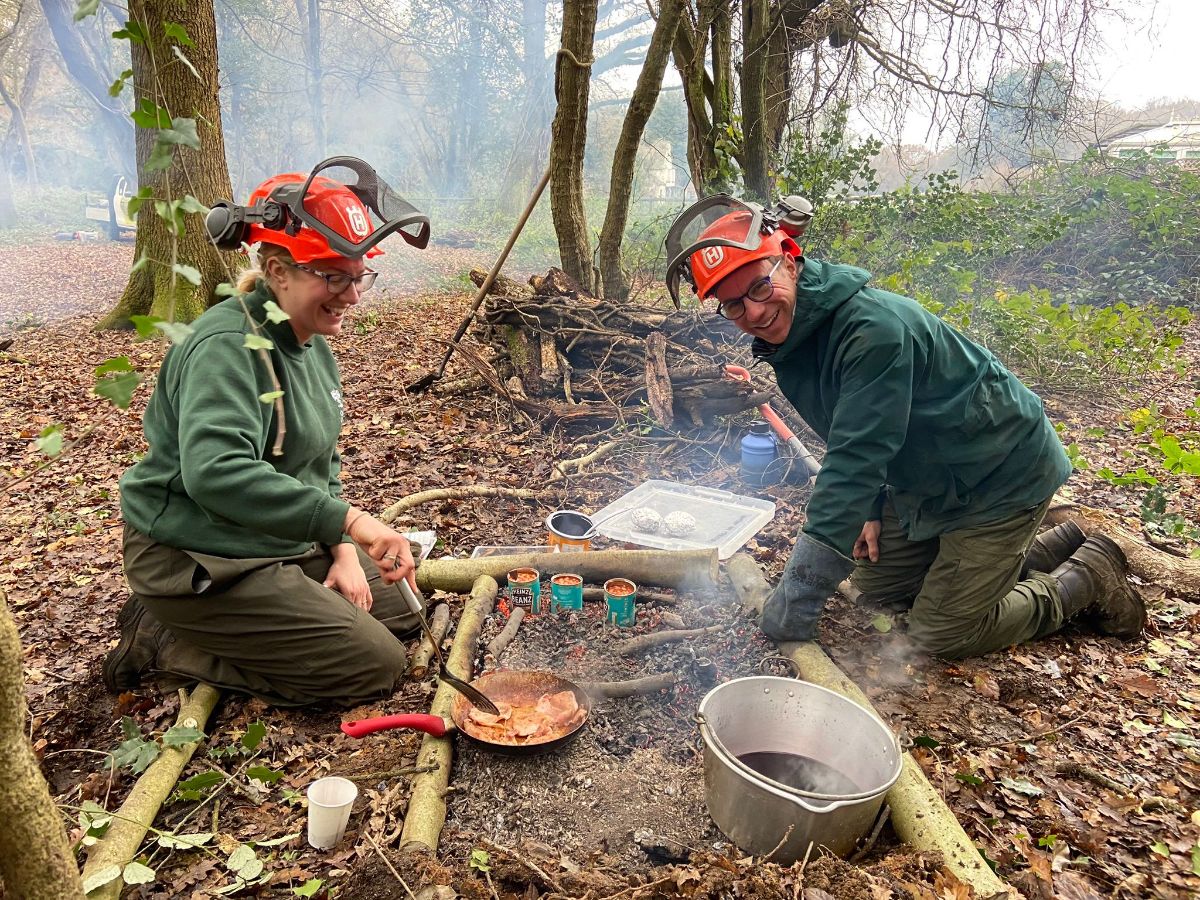Our Coulsdon Commons Newsletter covers Coulsdon Common, Farthing Downs, Kenley Common, and Riddlesdown in the London Borough of Croydon.
| Mulling over an impressive year of volunteering As Christmas approached, our volunteer tasks across the Coulsdon Commons took on a festive spirit, featuring mince pies, baked potatoes, bacon rolls, and steaming cups of mulled wine to cap off a year of dedicated volunteering. Reflecting on the volunteer year, there’s much to celebrate. In total, volunteers contributed an impressive 3,235 hours of work across the four Coulsdon Commons in 2023. The tasks were as diverse as ever, ranging from coppicing blackthorn for the rare brown hairstreak butterfly to checking livestock, and from removing invasive laurel to ensure our native woodland species can thrive, to assisting with events like our inaugural Big Wild Walk on Kenley Common. Despite the accomplishments, there’s still plenty more to be done to maintain the Commons, and we eagerly anticipate what 2024 will bring! If you’re interested in joining us for volunteering, click here: Volunteer on the Coulsdon Commons – City of London |
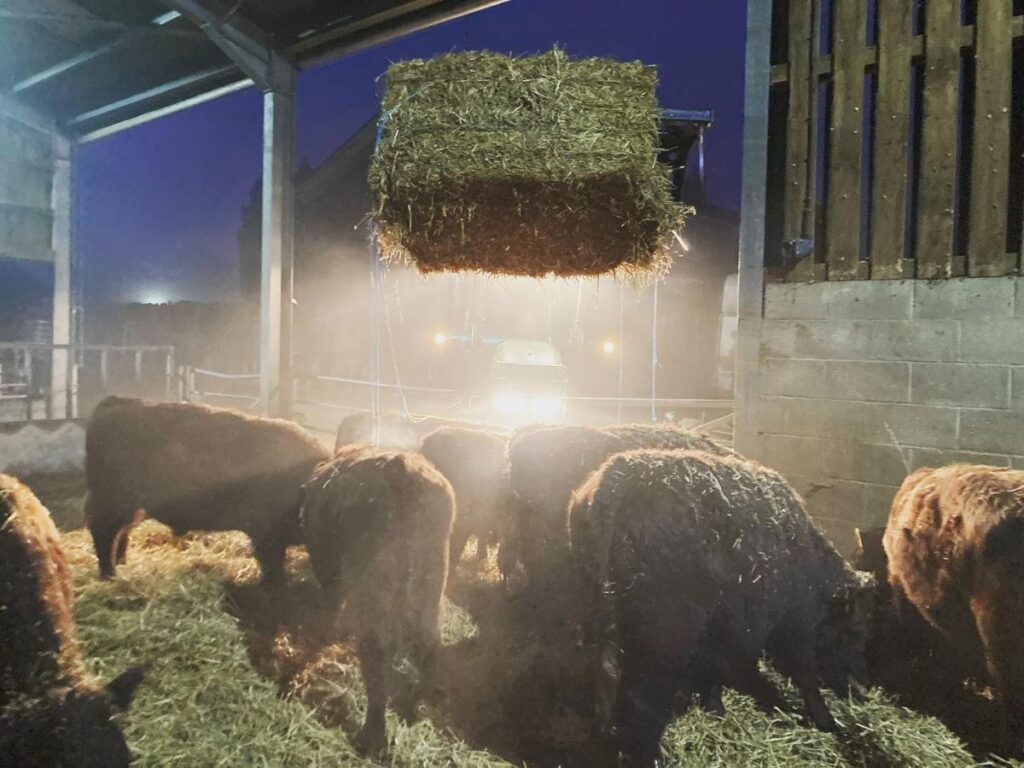
| Winter grazing and moovements December marked the return of the calves and pregnant cows from Farthing Downs to the barn at our Merlewood Estate Yard, located on the edge of Coulsdon Common. It won’t be long before we welcome the first calves of 2023! Some Sussex cattle and Jacob sheep will continue grazing on New Hill (Farthing Downs) throughout the winter with plenty of vegetation for them to graze on. Both hardy breeds, the Sussex cattle and Jacob sheep are well-acquainted with year-round grazing and the unpredictable British weather. Sussex cattle, with a lineage dating back many hundreds of years, are believed to be directly descended from the red cattle that once inhabited the dense forests of the Weald in Southern England during the Norman conquest. Similarly, Jacob sheep have a rich history, deriving their name from the Old Testament Book of Genesis, which recounts how Jacob became a selective breeder of pied (two-tone) sheep. |
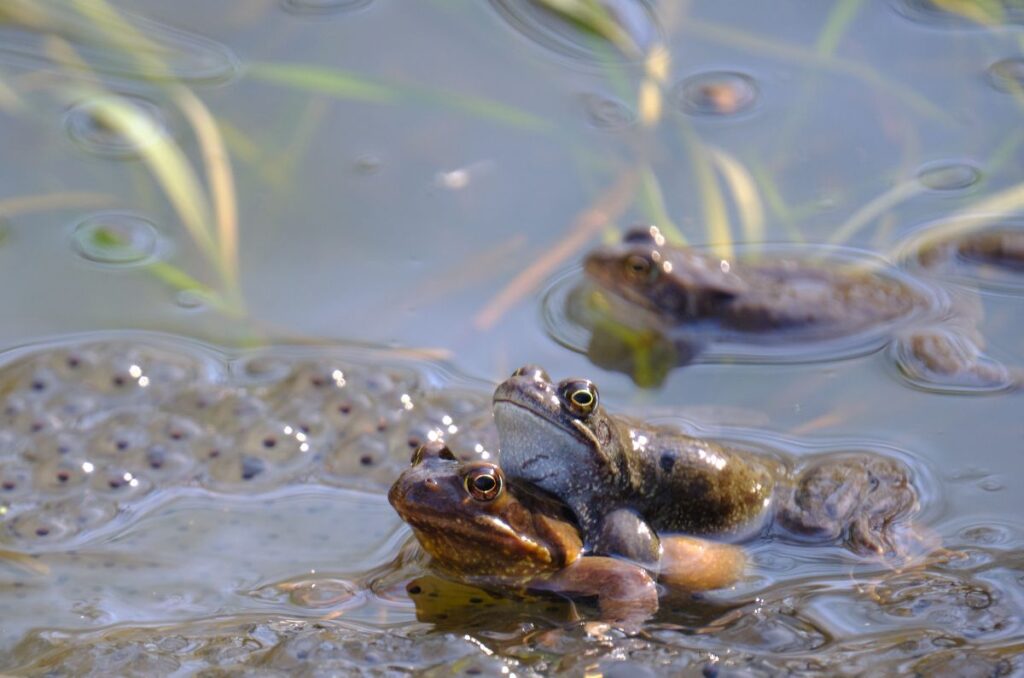
| Pond creation on Coulsdon Common Starting in early January, contractors will be actively working on Coulsdon Common to establish a new pond in Stites Hill Wood. A trial scrape conducted in 2020 successfully retained water during the winter months, prompting our decision to make a pond a permanent feature on the Common. The two existing ponds nearby already serve as vital habitats for various amphibian species, hosting robust breeding populations of Common Frog, Common Toad, and Smooth Newt. To further safeguard these amphibian species and enhance biodiversity, a new pond will provide additional habitat. This not only benefits amphibians but also provides opportunities for other wildlife such as bats, birds, and invertebrates, contributing to the overall resilience of the area in the face of warmer summers in our changing climate. Watch for frogs and toads in the upcoming spring months as they embark on their annual journey to the ponds for breeding! |
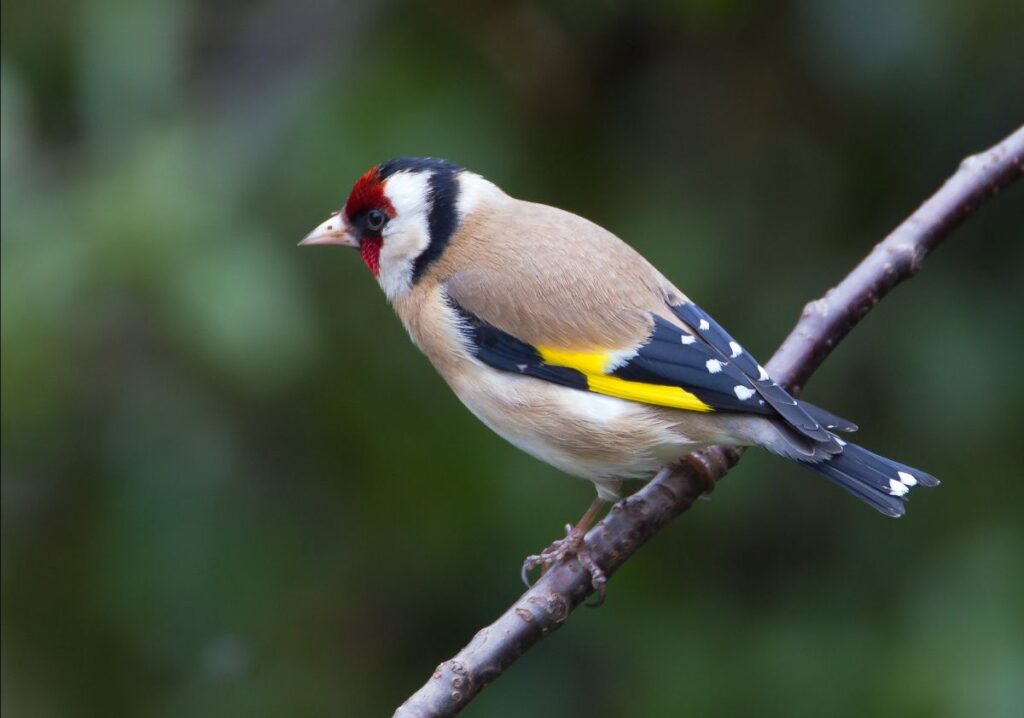
| Bird of the month: Goldfinch The Goldfinch (Carduelis carduelis) is a colorful finch with a bright red face and a yellow wing patch, regularly spotted across the Commons, especially in grasslands. It’s a very sociable bird, often breeding in loose groups. During the winter months, Goldfinches form large flocks, often going unnoticed until they are flushed out or move between thistles and teasels to feast on their seeds. It has a delightful twittering song and call. Not all Goldfinches stay during the winter, with many migrating to warmer climes as far south as Spain. |
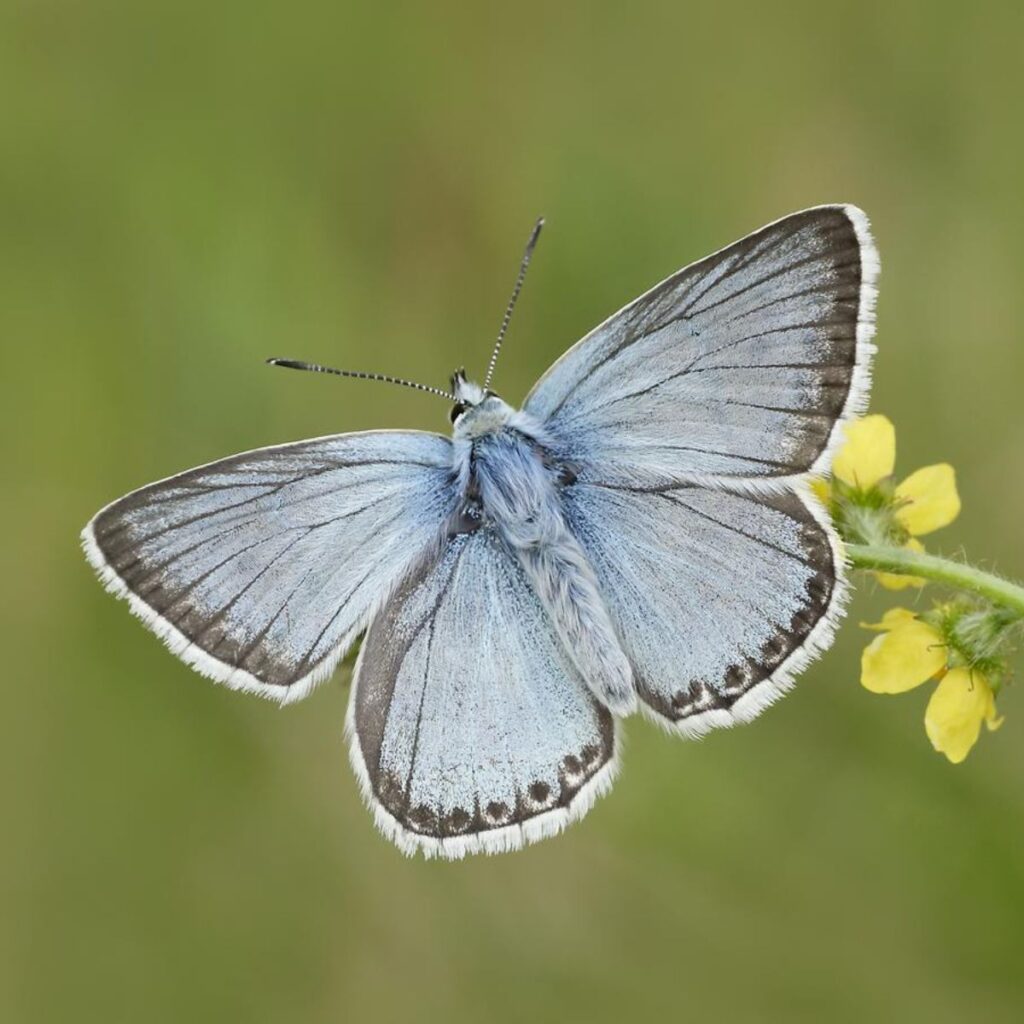
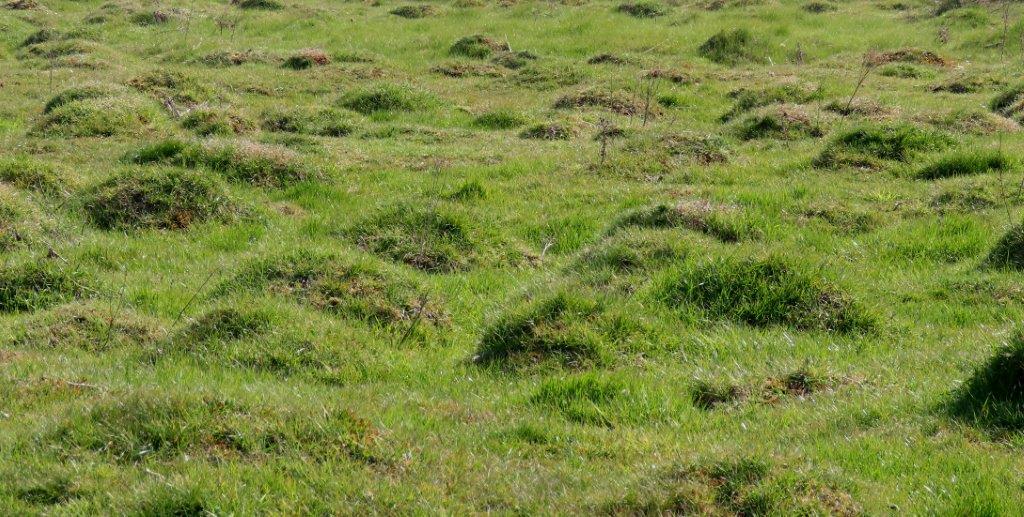

| Hidden kingdoms revealed In winter, when the grass is shorter, you’re sure to encounter an abundance of ant hills while walking through the chalk grassland at Farthing Downs, Riddlesdown, or Kenley Common. The large round mounds, often numbering in the hundreds, are evidence of tiny yellow meadow ants (Lasius flavus) that have been building them for many decades. These ants are primarily found in old pastures and grasslands managed by grazing cattle or sheep. Each ant hill can extend 30cm above and below ground, creating above-ground microclimates that benefit rare plants requiring warmth to grow. This species rarely ventures above the surface, a characteristic evident in their small eyes compared to other ant species. The mass of narrow underground chambers used by the ants to raise their young also provides additional protection for the larvae of the chalkhill blue butterfly. The ants take the larvae below ground to ‘farm’ a sweet, sugary substance they secrete, offering protection from above-ground predators. |
| Events Fire and Food – Kenley Common Friday 16 February 10am-12pm Join the rangers this half-term and learn how to make a fire using strikers and natural materials. Then build your own fire and cook up a feast! £5 per child. Booking via Eventbrite. Fire and Food – Kenley Common Friday 16 February 1pm-3pm Join the rangers this half-term and learn how to make a fire using strikers and natural materials. Then build your own fire and cook up a feast! £5 per child. Booking via Eventbrite. |

